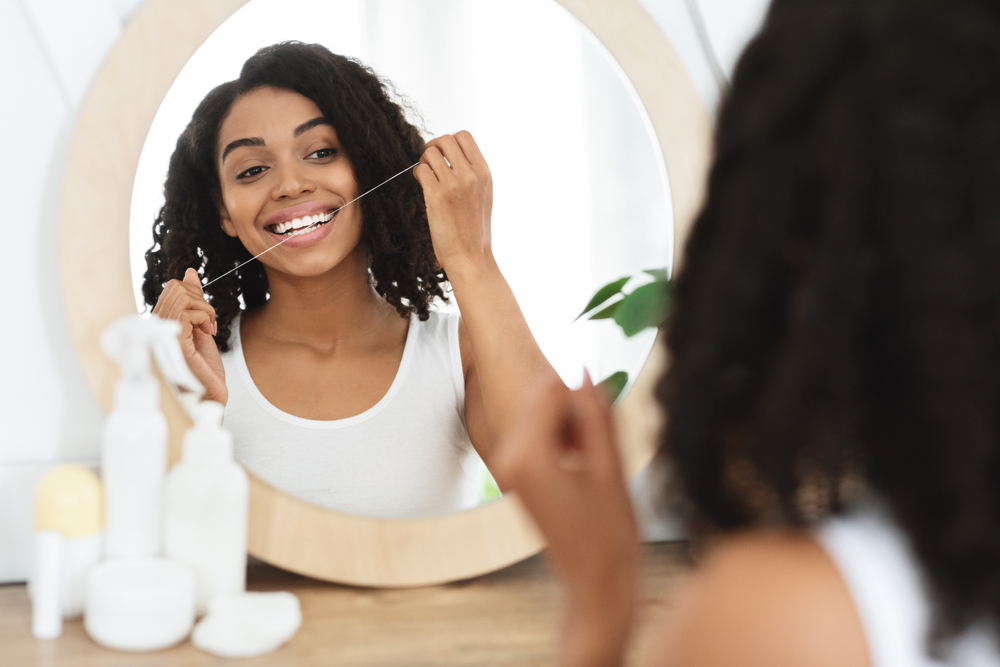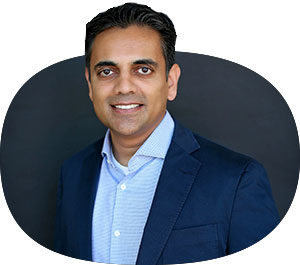
At The Brace Place, we spend a lot of time educating our Tulsa and Claremore orthodontic patients on techniques for brushing and flossing with braces. Both brushing and flossing are crucial to lifelong oral health and it’s safe to say that everyone knows you should brush and floss your teeth every day, especially when undergoing orthodontic treatment.
But do you know whether you should brush or floss first? Turns out, this question has a lot of people stumped and we’re here to help you out. In this post, you’ll learn all about:
- The importance of daily brushing and flossing
- Whether you should floss or brush your teeth first
- How to floss and brush effectively with braces
Why Flossing and Brushing Matters
Brushing your teeth has long been the standard practice for at-home oral hygiene. We’ve all agreed — dental professionals and the public alike — that we need to brush at least twice a day to uphold our oral health. But for some reason, flossing hasn’t reached the same widespread adoption. Hey, we get it: flossing may be a simple task, but it’s pretty inconvenient. On the other hand, so is tooth decay and gum disease.
Our mouths are full of diverse bacteria, which increase in the presence of food particles. When we eat or drink, food debris sits on our teeth and leads to build-up of plaque and bacteria. The bacteria then produces an acid that eats away at your tooth enamel, leading to cavities and gum disease. This is why brushing and flossing is so important: these little tasks clean your teeth and whisk away all that harmful gunk.
Most people are in the routine of brushing their teeth once in the morning and once before bed for two minutes at a time, as recommended by the American Dental Association (ADA). As for how often to floss your teeth, the ADA says we should all floss at least once a day because flossing gets into those little areas between your teeth that brushing alone can’t reach.
Should You Floss or Brush First?
Now to answer your burning question: should you brush or floss your teeth first? You might not think it matters, but it turns out that the order in which you care for your teeth can make a difference in your oral health. A recent study shows that it’s best to floss your teeth before brushing.
By having participants test out both sequences, the researchers proved that flossing before brushing allows for the most thorough removal of dental plaque.
That’s because flossing loosens food particles and plaque from between the teeth. Brushing afterwards and rinsing with water then further clears the debris from the mouth. If you brush before flossing, on the other hand, the plaque and bacteria continue to sit in the mouth and on the teeth, potentially leading to periodontal disease.
Of course, the most important thing is to brush and floss your teeth every day period. Whether you floss or brush first, you’re still making a necessary commitment to your overall health. But if you want to maximize your plaque-busting power, floss first and then brush to get the most out of your at-home oral health routine!
Tips for Flossing and Brushing with Braces
Whether you’re new to braces or are well into your treatment, it doesn’t take long to realize that brushing and flossing with braces is much trickier than without. The brackets and wires create more places for food and plaque to hide, so it’s more important than ever to pay extra attention to your oral hygiene.
By taking extra steps to keep your teeth and gums clean, you won’t just have a straight smile after treatment — you’ll have a healthy one too!
Here are some tips for how to floss and brush your teeth with braces:
Brush in the morning, before bed and after every meal for two minutes each session. If you’re out and about and have a snack but forget your toothbrush, rinse your mouth out really well with water and brush when you get home.
Brush all of the surfaces of your teeth in between your braces and behind your back molars thoroughly and use circular motions to brush along the gum line.
Use a non-whitening, fluoride toothpaste to strengthen your tooth enamel and prevent cavities.
Use a proxy brush if needed to get in between your braces.
Floss at least once a day, preferably before bed. Use an orthodontic flosser or regular dental floss with a floss threader. Work the floss under the wire and in between any two teeth. Floss up and down the side of one tooth and then up and down the side of the other before moving on to the next pair.
Ask your dentist if they’d recommend a fluoride rinse. This can be helpful for patients who are prone to cavities. You can also use an over-the-counter fluoride mouthwash to zap any lingering bacteria and keep your pearly whites strong.
Be gentle with your braces. While they’re durable, they can break if you don’t take care.
Visit your Dr. Patel or your regular dentist for checkups every six months or as often as recommended.
Have more questions about why you should floss before your brush? Need to book your next appointment with Dr. Patel? Contact The Brace Place today.


























